Restore the Magic: 2023’s Save Disney Remake
Disney and newly-returned CEO Bob Iger are facing a proxy fight from activist investor Nelson Peltz’s Trian Fund pushes for a seat on the company’s board. His group has launched a “Restore the Magic” campaign, which sounds an awful lot like a live-action Save Disney remake. This post delves into the details and offers our commentary about what’s in store as Iger squares off against Peltz.
Let’s start with brief background. For those who weren’t fans back then or have not heeded our many recommendations to read DisneyWar, SaveDisney was a proxy battle that began in 2003. Shareholders, stakeholders, and fans of Disney launched a campaign of concerns about the company’s performance and management, launching SaveDisney.con and undertaking a media blitz in the process.
The face of the Save Disney initiative was Roy E. Disney, the nephew of Walt Disney–who literally had a face that resembled his uncle. It was orchestrated by Roy and Stanley Gold, who were former members of Disney’s Board of Directors. These two felt that the company was not living up to its potential and that leadership changes needed to be made in order to improve performance and left to fight for change from the outside.
In particular, Michael Eisner lost the confidence of Roy E. Disney, with the latter believing Eisner was no longer the best person to run the Walt Disney Company. Roy had previously backed Eisner as CEO, but pointed to the untimely death of Frank Wells as a pivotal moment for Eisner, and the beginning of his unraveling as a leader. After that, Roy felt that the company had lost its focus, creative energy, and heritage.
The Save Disney campaign focused on several key issues, including the company’s management, strategy, and financial performance. Roy E. Disney and Stanley Gold criticized the company’s core values and strategy, arguing that Disney had become too focused on short-term financial goals at the expense of long-term growth and legacy.
Among other thing, the SaveDisney campaign pointed to Eisner’s failure to manage ABC programming and achieve key metrics at the company’s television networks. They also zeroed in on Eisner’s leadership–or lack thereof–which had resulted in creative brain drain with the loss of talented employees, as well as his refusal to establish a clear succession plan.
They also focused on weak investments in the theme park business, pointing to building Disney’s California Adventure, Hong Kong Disneyland, and Walt Disney Studios Park in Paris “on the cheap.” In addition to that, the consumer perception that the company is constantly looking for the “quick buck” rather than the long-term value, resulting in brand damage and loss of trust.
Occurring during the nascent days of the internet and online activism, the Save Disney campaign garnered attention among fans and shareholders thanks in large part to its impassioned website. The initiative was likewise successful in generating significant media coverage and in building public support. It became too big to ignore, and in the end, Eisner was stripped of his chairmanship before voluntarily resigning as CEO (a face-saving measure, to be sure).
Consequently, Bob Iger was named the successor CEO, and Roy and the company agreed to put aside their differences. The SaveDisney domain closed, publicity tour ended, and Roy rejoined the company as a Director Emeritus and consultant. With that, Iger made good on many of the stated goals of the Save Disney campaign. He invested significantly in the parks, acquired Pixar, and more.
Fast-forward almost twenty years later, and there’s a new proxy fight that bears a striking resemblance to the Save Disney campaign. Late last year, Nelson Peltz’s Trian Group took an approximately $900 million stake in Disney and began pushing for a board seat. At that time, Trian indicated it was seeking operational improvements, while it also opposed Bob Iger’s return as Disney’s CEO.
In the last week, this has intensified into a bona fide proxy fight. Trian Group filed a preliminary statement with the aim of putting Peltz on Disney’s Board of Directors. In that, Trian noted that it had met with various Disney leaders and board members, beginning with then-CEO Bob Chapek last summer. As basis for the battle, Trian pointed to poor corporate governance, failed succession planning, over-the-top compensation, and misguided spending and growth strategies at Disney.
In a likely attempt to preempt what could be a brutal battle with Peltz and Trian, Disney announced that Mark Parker would become the new chairman of the board and lead a newly-formed succession planning committee. As previously reported, Parker was once considered an interim CEO candidate (and in our view, should also be a future CEO candidate).
Shortly thereafter, Trian launched its “Restore the Magic” website and PR blitz, with Peltz making multiple appearances and doing interviews with financial media, speaking with CNBC’s Jim Cramer and several others. During those, Peltz has referred to his slide presentation on Disney’s many failures under both Chapek and Iger. Summarizing his issues with the company, Peltz has pointed to Disney’s poor share performance, noting that the stock currently trades near its eight-year low.
In that slide deck and on the Restore the Magic website, Trian makes a more detailed and nuanced case. While acknowledging that the pivot to streaming has been difficult for many media companies, Trian contends that many of Disney’s struggles are self-inflicted.
Trian also indicates that it is not attempting to create additional instability by replacing Bob Iger. In addition to not calling for Iger’s ouster, Trian is not pushing for the selling of ESPN or other TV assets. Rather, the group contends that Disney is at a crossroads and needs to make significant changes to position it for sustainable, long-term growth and success. Trian argues that it could help the company achieve this goals either via collaboration or the addition of one qualified addition (Peltz) to Disney’s Board of Directors.
Although I’ve watched multiple interviews with Peltz, I think he pleads his case far better in the slide deck than via interviews, so that’ll be the focus of this analysis. The slide presentation starts with background about Trian and Peltz, which aims at preemptively addressing characterizations that he’s a corporate raider or simply looking to cut corners to squeeze even more profitability out of the company.
It’s a persuasive argument, and one that is also corroborated by third party reporting. By most accounts, Trian has been successful in helping to turn around companies or at least improve their trajectories. For its part, Trian contends that it encourages management teams and boards to “operate as if wearing ‘bifocals,’ with a watchful eye on the near-term but always maintaining a primary focus on maximizing long-term value.” This orientation on the long-term value is an undercurrent of the presentation, and one likely to give it credibility with fans.
Following a rundown of Trian’s bona fides and case studies about its past successes in collaborating with other companies that had initially been proxy fight targets, Trian lays out its case for issues with Disney. The arguments boil down to three main categories: capital allocation, corporate governance, and strategy & operations.
The crux of the capital allocation argument is that Disney materially overpaid for 20th Century Fox, relying upon overly optimistic assumptions when valuing the business and how it would benefit Disney. Trian contends that the Fox acquisition is the proximate cause of many of Disney’s current problems. Among other things, this includes the elimination of the dividend.
Trian also points to a lack of proper succession planning, pointing to the recent Battle of the Bobs while also looking back further. In particular, Disney’s Board extended Bob Iger’s retirement date five separate times between October 2011 and December 2017, only to have him abruptly retire in early 2020.
The group also contends that several well-regarded CEO candidates left Disney, including Tom Staggs, Jay Rasulo and Kevin Mayer due to Iger’s repeated extensions. Beyond that, allowing him to stick around as Executive Chairman set up Chapek to fail. It’s pretty clear from this portion of the presentation that, even though Trian isn’t seeking Iger’s ouster, the group is not a fan of him. (Which also explains Disney’s strident opposition to Peltz having a seat on the Board.)
Much of the presentation also focuses on runaway spending with Disney+ and how it’s less cost-efficient than Netflix. This is despite
Disney’s best-in-class intellectual property and franchises, contrasted with Netflix’s lack of the same.
Trian argues that Disney+ started as a niche streaming extension of Disney’s franchise flywheel, but has rapidly shifted to the core distribution channel. That has resulted in Disney ramping up investment to drive new subscriber growth at all costs–but without the company laying out a financial rationale behind the strategic pivot, which has put significant stress on Disney’s balance sheet and cash flow.
Finally, there’s the “good stuff” for readers of blogs like this one and fans of Walt Disney World and Disneyland. This slide is reproduced above so you can see Trian’s position in full. The group contends that Disney has historically relied on price to drive growth and margin at domestic Parks–an unsustainable growth strategy. Disney’s domestic Parks & Resorts had previously grown per capita guest spending at a 6% from 2011-2019, which spiked sharply to approximately 40% versus fiscal 2019 in the last two years.
Here, Trian’s core thesis is that price increases and nickel & diming is short-term thinking that puts the brand value and long-term health of Disney’s theme parks business at risk. I couldn’t have said it better if I wrote it myself. Oh wait, I have… many many many many many many times. Well, I couldn’t have said it more concisely. (Honestly, I think Trian should’ve been less concise, focusing far more on intangibles like this–especially if they want support from fans and Cast Members and not simply institutional investors.)
All of this will sound familiar if you’ve read fan blogs like this one, but also if you look back at the goals of the Save Disney campaign. History never repeats itself, but it often rhymes is very apt here. While some of the specifics differ (for example, streaming wasn’t a thing in the early aughts, but Disney’s broadcast strategy was similarly criticized), it bears striking similarities to Save Disney.
Honestly, this feels like one of Disney’s beat-for-beat live action remakes of a beloved animated film. Not nearly as good due it lacking the same heart and emotion, but one that will likely outperform at the box office (or in this case, on the internet) due to fundamental changes in the nature of distribution.
The heart and emotion that “Restore the Magic” lacks as compared to SaveDisney is the face of each campaign. Again, Roy E. Disney looked like Walt. Every time he appeared in interviews, it was a powerful visual reminder of the company’s rich creative legacy. It was impossible to ignore the reality that someone who looked like its visionary founder did not agree with the direction of the company.
Not only that, but Roy walked the walk and had incredibly strong support from animators and other Cast Members. He was beloved for arguably saving Disney once about a decade earlier, and the company’s best interests were core to his campaign. Disney and Eisner couldn’t really “hit back” in a way that resonated with the public.
There is no one alive today who can generate that same emotional response. There’s only one member of the Disney family who still has a relatively high profile, but she’s polarizing and unlikely to support this proxy fight.
Nelson Peltz does enjoy a powerful reputation among investors, but he too is controversial and has no chance of garnering the same widespread support as Roy E. Disney, son of Roy O. and nephew of Walt. In short, there’s no one who can step into Roy E. Disney’s shoes for an equally impactful Save Disney sequel. So we’ll have to settle for this heartless remake, I guess.
The thing about soulless sequels and remakes is that they still can have value. The same can likely be said for “Restore the Magic,” albeit in very different ways. For fans, I think the saying that (corporate) politics can make strange bedfellows is probably apt.
While Nelson Peltz is no T. Boone Pickens, fans will undoubtedly question his true motivations. Sure, the “Restore the Magic” website and slides talk a good game, but if there’s one thing with which Disney fans have intimate experience, it’s slick and misleading marketing that attempts to leverage emotion.
With that said, I see the “Restore the Magic” campaign as a positive for fans and the company as a whole. For one thing, it’s undeniably accurate in several regards. Succession planning has been a mess, Disney’s streaming strategy has chased Wall Street expectations and valuations, and the 20th Century Fox acquisition and accompanying debt is now an albatross for the company.
Then there are the contentions about the over reliance in Parks & Resorts, which have been “over-earning.” The last few years have undoubtedly reflected short-term thinking to drive profits and prop up the company’s numbers at the expense of long-term health and fan goodwill.
Specifically, I think the company and fans will benefit from this proxy fight, even if it’s ultimately unsuccessful, because it provides a meaningful “check and balance” on Disney. Consider this pitch along with the knowledge that this back and forth between Disney and Trian began over the summer when Bob Chapek was still CEO.
Those two things in tandem help recontextualize a lot of what has happened in the last several months. This definitely helps explains the very abrupt announcements of 3 BIG Changes at Walt Disney World to Improve Guest Experience & Value and Good Changes Coming to Disneyland: Park Hopping, Ticket Prices, PhotoPass & Annual Passes.
At the time, those announcements felt like CEO Bob Iger and Parks Chairman Josh D’Amaro following through on improvements they hinted were coming, and ways they disagreed with Bob Chapek’s approach to the guest experience at Walt Disney World.
In fact, we might go back even further, reassessing the leaks from Bob Iger’s camp in the aftermath of his return. It’s now possible to view much of that through the prism of this proxy fight with the benefit of hindsight. If we’re reassessing how the last few months have played out, we also can’t help but wonder if Disney’s Board of Directors brought back Iger to gear up for this fight, feeling that Chapek was not up to the task.
Frankly, some of that veers into conspiratorial territory. We’ve been raising the red flags on guest satisfaction and how D’Amaro and other leaders at Parks & Resorts have had their hands tied since early last year. The topic of damaging brand affinity and guest goodwill has been a hot topic for far longer, dating back to the first Iger regime. (Admittedly, it has gotten far, far worse in the last 3 years.)
In short, it’s highly improbable that this standoff with Trian and Peltz is the sole factor for any past, present, or future changes at Disney that undo past damage. Such a simple explanation would be convenient and easy to accept, but also reductionist and overlooking how this played out in real-time. Conversely, it’s impossible to dismiss this new proxy fight information as entirely coincidental–it almost certainly played a contributing role in what has played out thus far.
To that point, the proxy fight will almost assuredly prompt additional positive changes at Disney. Iger and the company do not want Peltz on the Board of Directors, and the easiest way to avoid that, ironically, will be voluntarily making some of the requested changes and improvements.
Among other things, this means reining in runaway spending on streaming content, clear succession planning, and deleveraging. For Walt Disney World and Disneyland, it also likely means more manageable price growth, less nickel & diming, and improved guest satisfaction. It also just might mean park expansion projects are given the green light, as a good faith showing that there’s long-term vision of the parks and they don’t exist to simply subsidize streaming losses.
Ultimately, this proxy fight strikes me as a good thing for Walt Disney World and Disneyland. There’s going to be an understandable skepticism among fans of an investor who is characterized as a corporate raider. That’s doubly true after years of corner-cutting in the parks and price increases aimed at meeting Wall Street expectations of quarterly gains.
However, this feels different. Based on the totality of the presentation, it appears to me like Trian is interested in the long-term health and viability of the business, and not just looking to make a quick buck. There’s an alignment of interests between fans and Trian and minimal downside risk to Peltz having a single seat on Disney’s Board of Directors–or at least pushing for one.
Honestly, I don’t really care whether Peltz succeeds or fails. While I’m receptive to his presentation and position, I’m also still slightly skeptical of his underlying motivations. His track record as demonstrated by Trian’s cited case studies is strong and positive, but Disney is also a very different beast.
Specifically, “lack of cost discipline” is a double-edged sword for creative companies, and one that gives me pause when it comes to Trian and Peltz. It’s fair to say that Disney is not equivalent to Heinz or Pepsi, and cost-cutting could very well undermine the core creative output.
It also doesn’t seem entirely fair to Monday morning quarterback the Fox acquisition; it definitely seems like Disney overpaid, but Iger had a strong track record before that with brilliant acquisitions. Disney would not be where it is today without his M&A prowess.
With all of that said, it’s the fight that has value for the company and Disney fans, not the eventual outcome. That will be especially true if Trian recalibrates its public-facing presentation to focus more on Cast Members and the guest experience (as they should–use different messaging for investors and fans) and shines a light on the long-term damage to the parks done since 2020.
The company has milked the Walt Disney World cash cow to the point that it was almost put out to pasture (to mix livestock metaphors) for many fans. Hopefully this proxy fight results in further reversal of that as the company seeks to undo damage from Bob Chapek’s Reign of Terror™️ while also undercutting Trian’s arguments for why it needs a board seat. We’ve already seen steps in the right direction from D’Amaro and Iger indicative of a foundational paradigm shift for the parks. Here’s hoping for more of that in 2023 as Disney attempts to fend off the proxy fight and win over Cast Members, fans, and long-term investors.
Need Disney trip planning tips and comprehensive advice? Make sure to read 2023 Disney Parks Vacation Planning Guides, where you can find comprehensive guides to Walt Disney World, Disneyland, and beyond! For Disney updates, discount information, free downloads of our eBooks and wallpapers, and much more, sign up for our FREE email newsletter!
YOUR THOUGHTS
What do you think about Trian’s “Restore the Magic” Campaign? Skeptical about that Nelson Peltz’s real motivations, or think he’s truly interested in long-term success? Think this will be as beneficial for the company as the SaveDisney initiative? Optimistic that this will push Iger to finally get serious about choosing a successor or focus on improving guest satisfaction in the parks? Think things will improve or get worse throughout 2023? Thoughts on anything else discussed here? Do you agree or disagree with our assessment? Any questions we can help you answer? Hearing your feedback–even when you disagree with us–is both interesting to us and helpful to other readers, so please share your thoughts below in the comments!
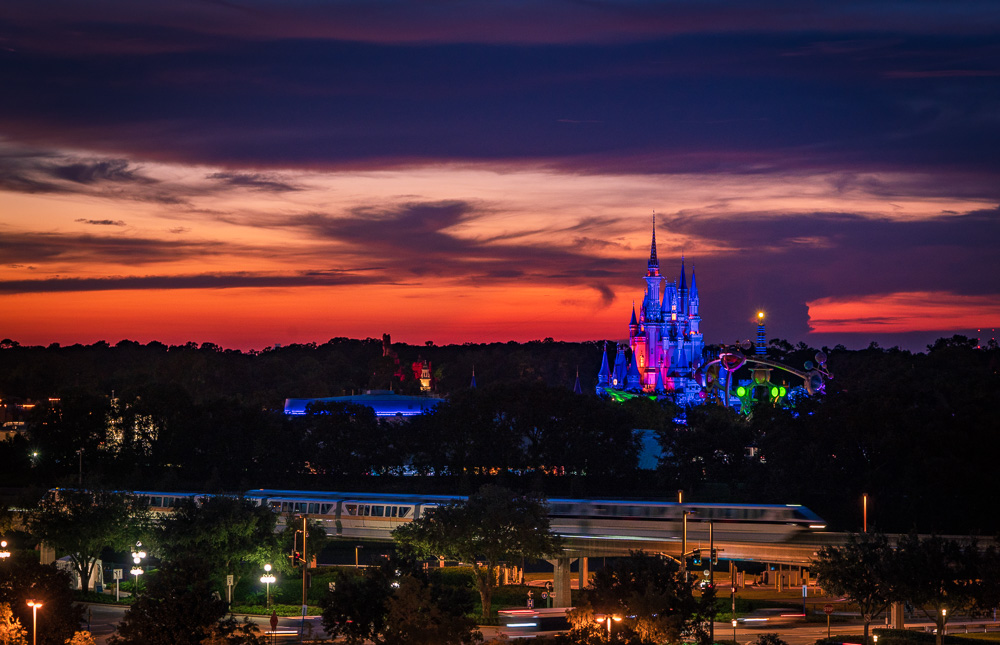
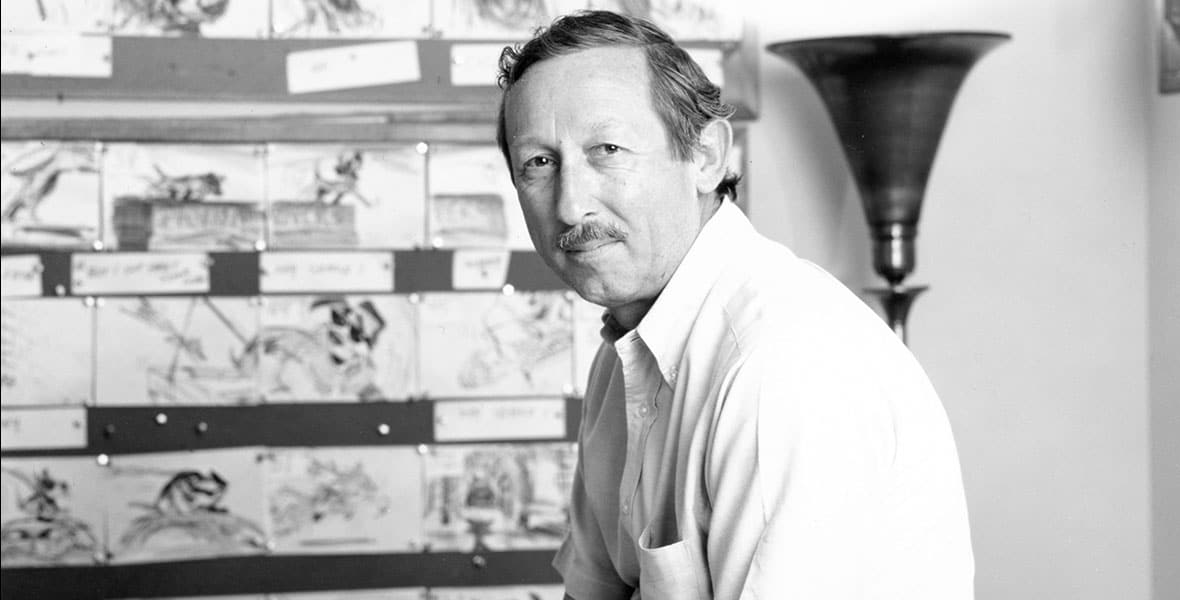
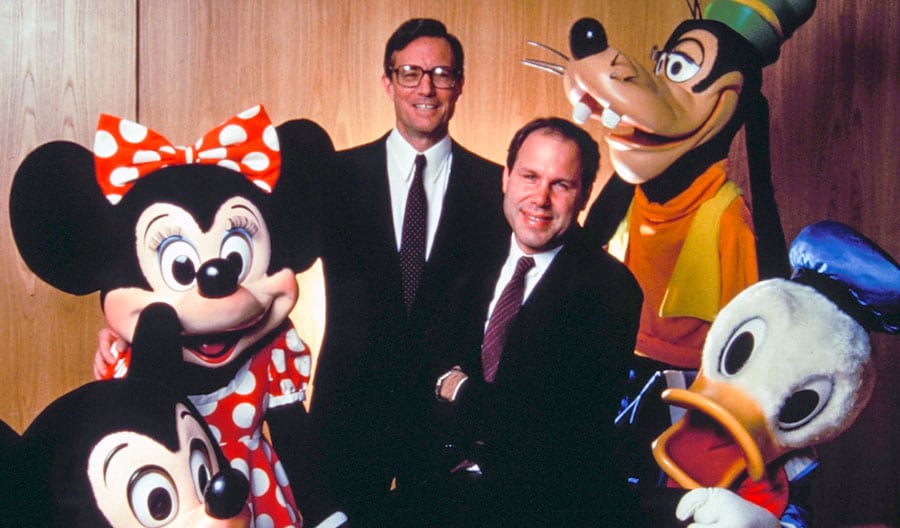
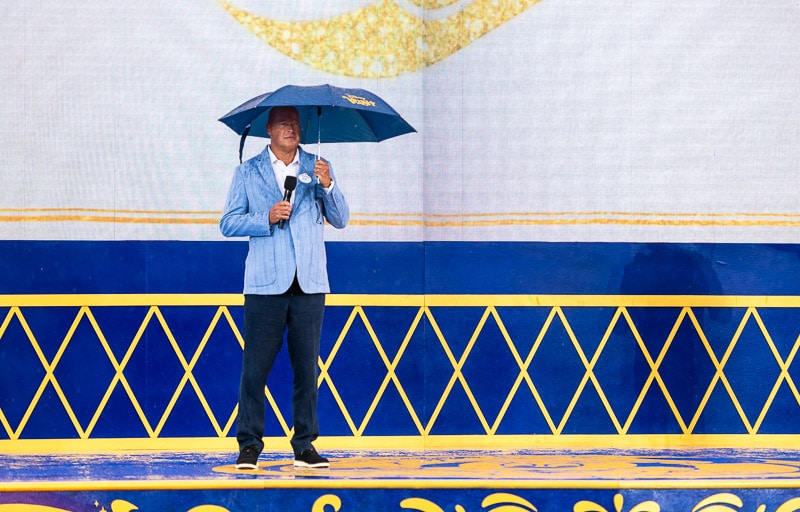
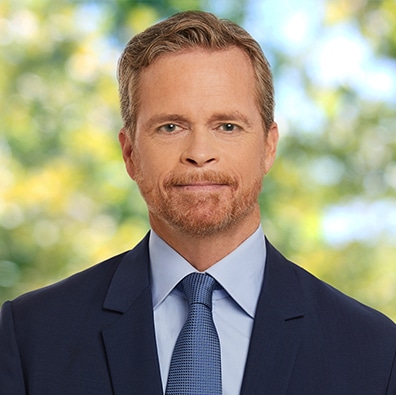
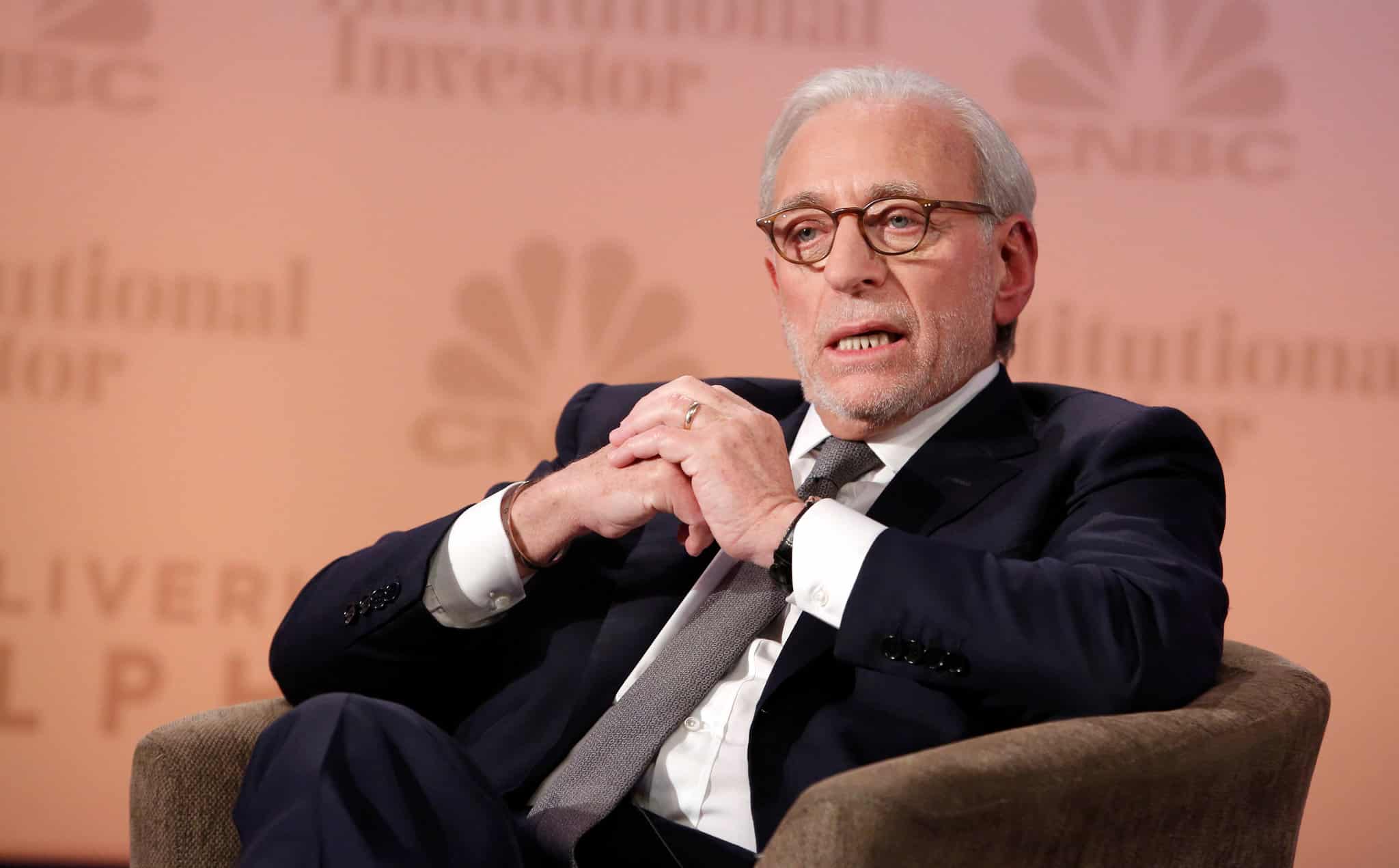
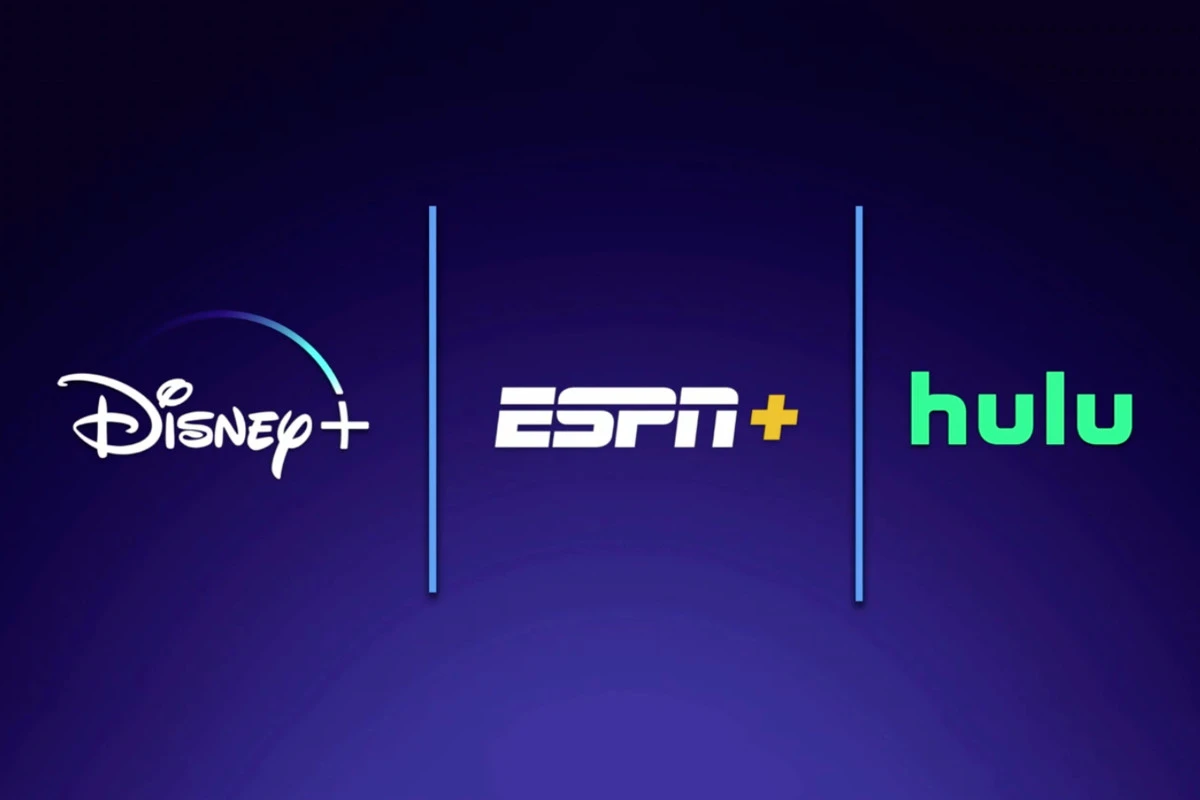

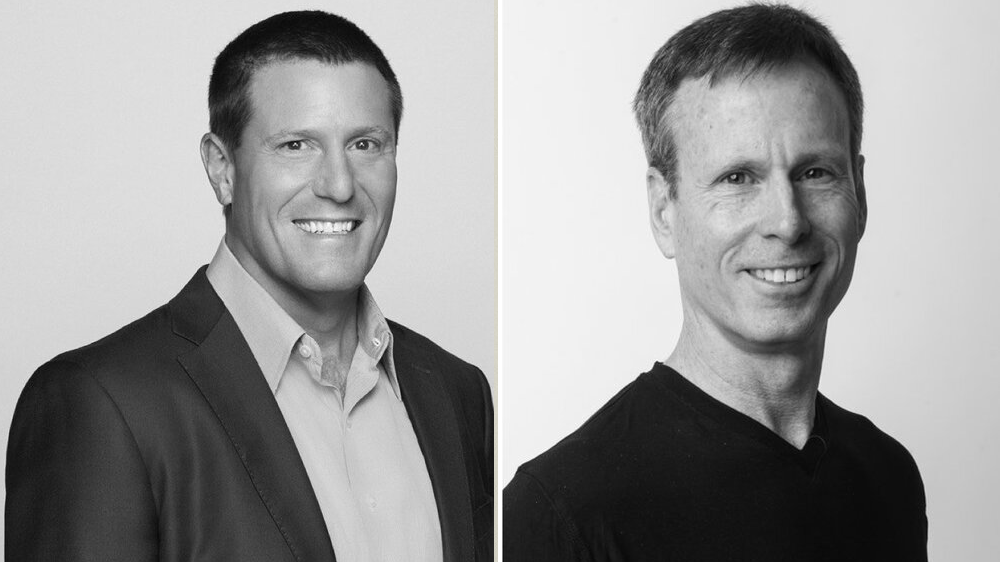

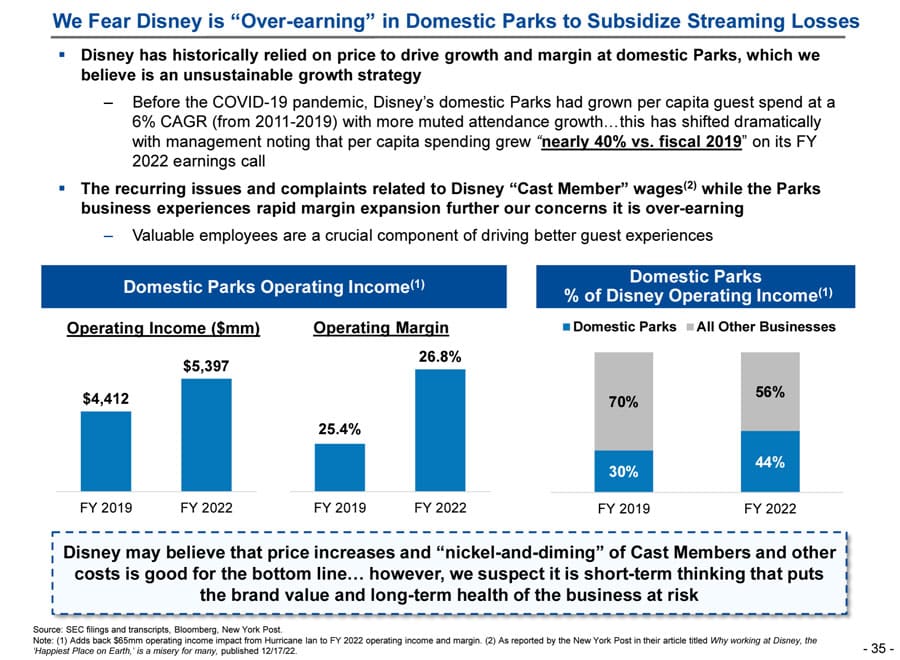
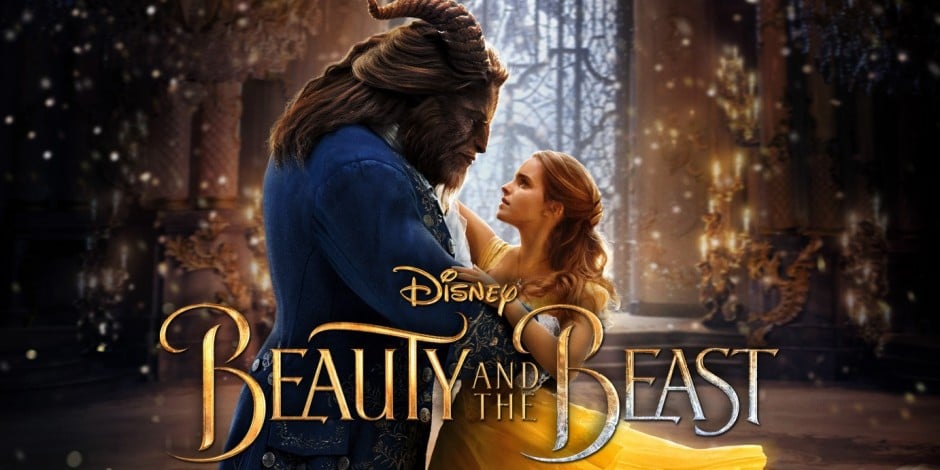
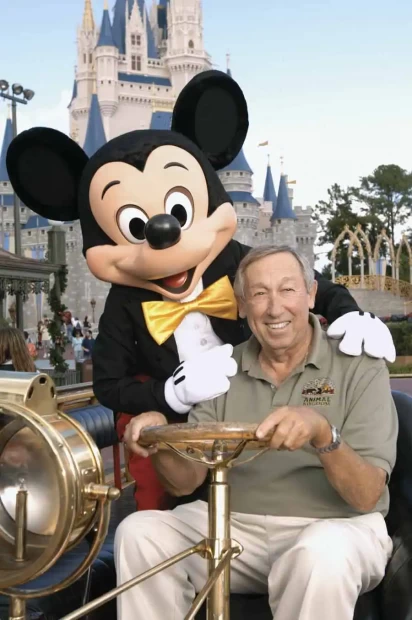
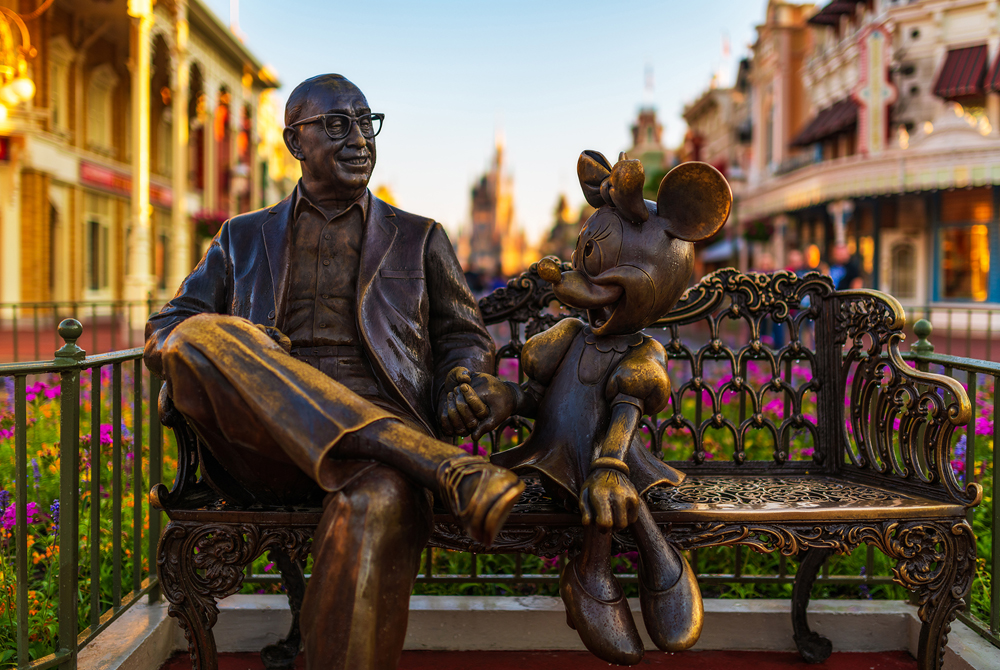
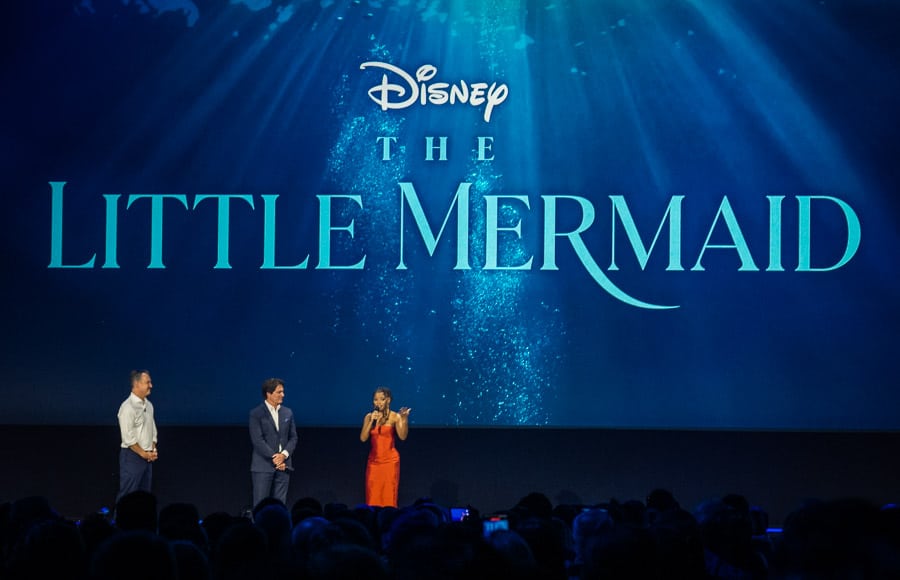
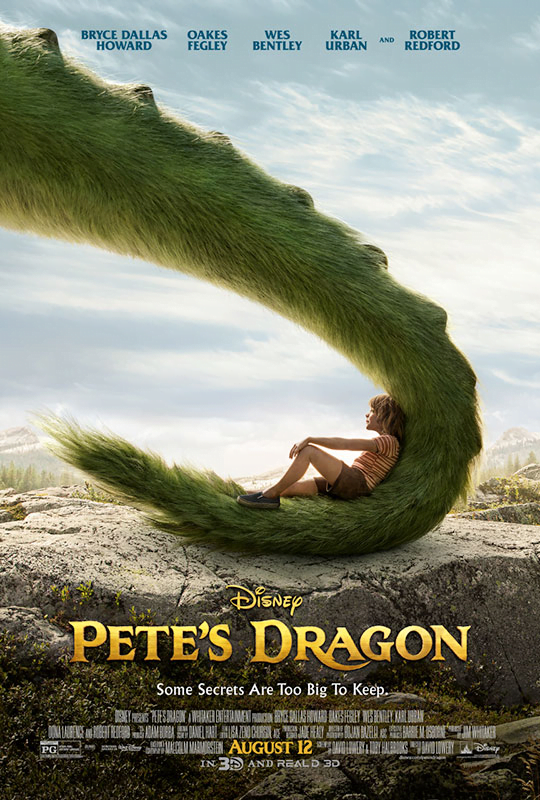

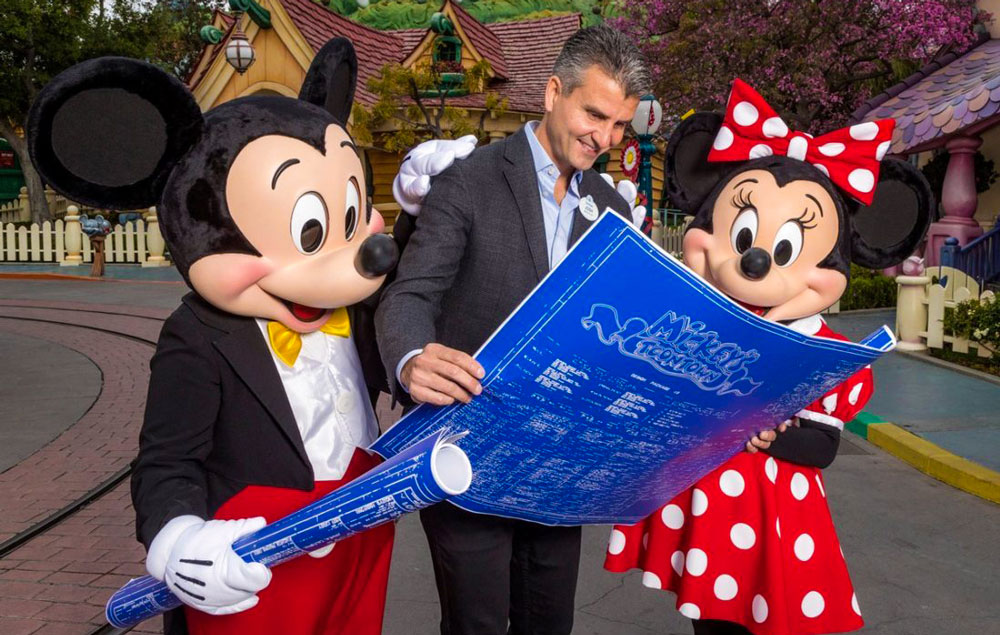

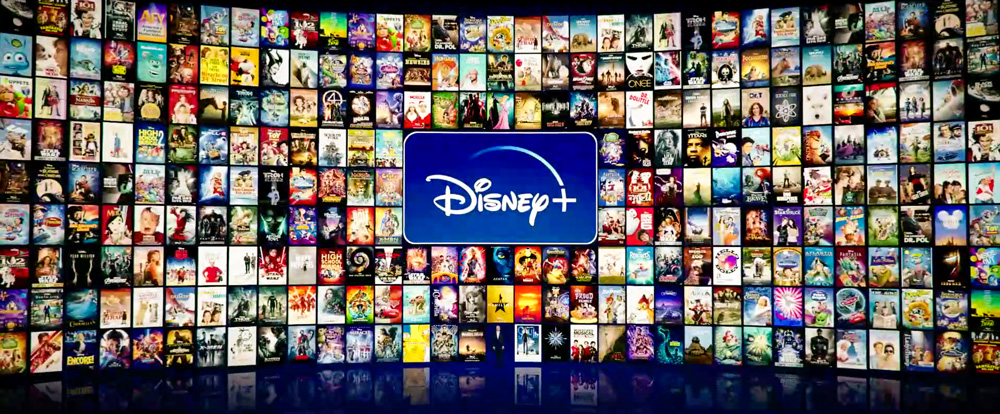

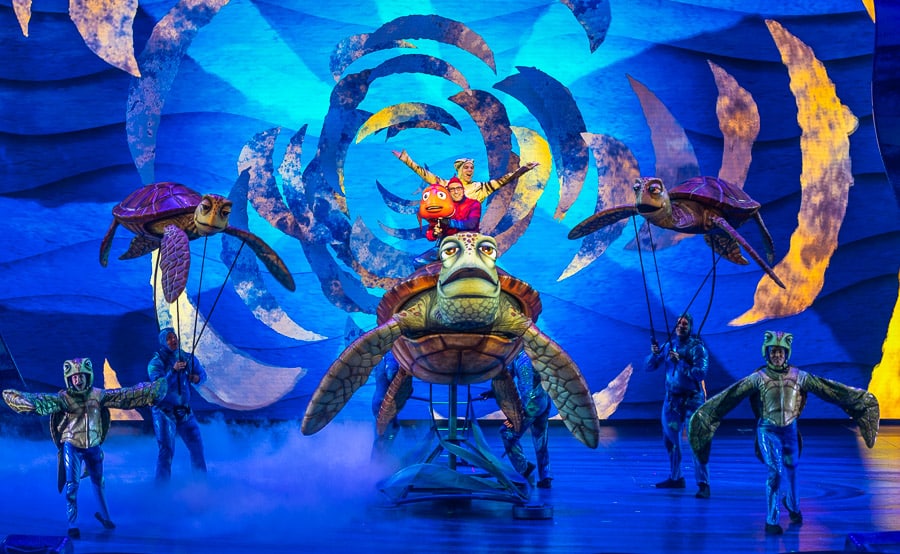
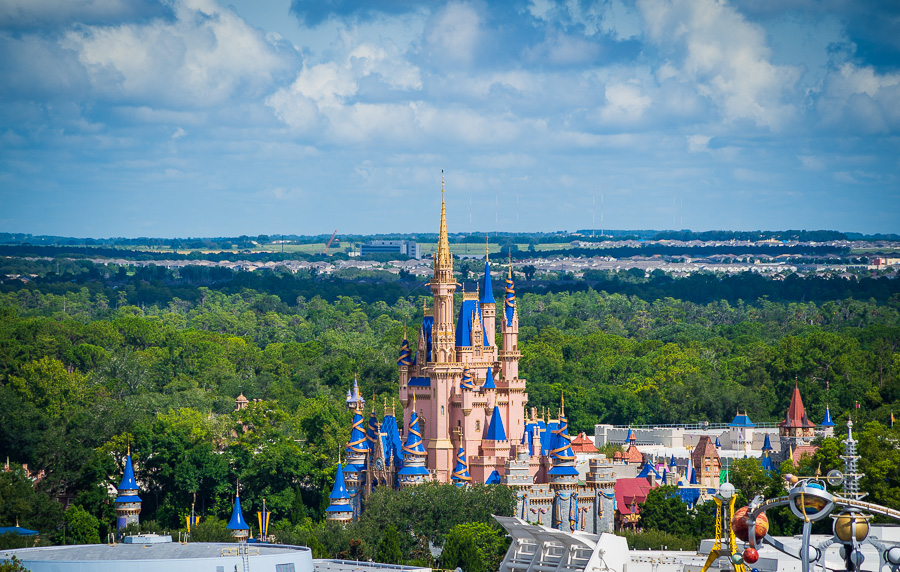
I don’t know if there is an updated story along these lines, but with the recent proxy vote forms going out to shareholders, I’ve been trying to figure out what is going on. I found the Peltz Restore the Magic site, I heard some of his media hits, but it’s still just a lot to try to sort through. THIS write-up has been very helpful, and I was wondering if there is any 2024 update? Do you have any additional thoughts Tom?
Sorry I am so late to the party, but that $65,000.00 price tag for 11 people over 9 days caught my eye.
Actually, sounds reasonable considering a River Boat Cruise of Florida Gulf Coast & Keys, starting and ending in St. Petersburg, FL for 8 Days / 7 Nights is priced today from $6,350.00 per person. Multiply that by 11 that totals $69,850.00. And it is not even a Disney cruise!!
Sorry for this! I meant it as a reply to a post below, not a new post.
Peltz is not interested in restoring the magic. He knows nothing of the Disney fan or CM passion, other than it has baked in loyalty that he can “milk” further. His proxy fight is nothing but the beginning of a pump and dump scheme.
I’m at WDW right now, sitting in my Disney Resort room. Today was horrible at HWS. We were in line for Slinky Dog for an hour before over the PA they said it was broken. We went to Alien Space and stood in line for 20 minutes before once again they came on the PA saying that due to communication interferences with the ride they were unable to operate it. So we moved over to Runaway Railway…..broken and closed down. We took the Skyliner back to our resort, even my 6 year old said that was the funnest ride of the day and he loved it. Way to go at lowering your standards Iger and Disney. My 6yo actually thinks transportation is a ride cause its the only thing that worked today and we didn’t have to wait in line for it.
First, sorry to hear about your bad day–that really stinks. Although I do agree with your 6 year old that the Skyliner is one of WDW’s most enjoyable rides. 😉
Second, if you think Disney and Iger have lowered their standards…why be so skeptical of Peltz?
I don’t think any reasonable person actually thinks that Trian is interested in “Restoring the Magic” in the same sense that fans want it restored. That’s simply the marketing slogan–and just like most marketing, it’s BS.
You are also correct that Peltz almost certainly does not care about the intangibles or the company’s creative legacy, history, etc. He is most definitely not Roy E. Disney in that regard. He wants to see the company become more profitable, shift focus to parks (probably for the consistent cash flow), cut spending on streaming, and reinstate the dividend by 2025.
Hence the statement in the post that corporate politics makes strange bedfellows. To whatever extent an alliance exists here between Peltz and fans, it’s one of convenience–not because our values align, but because he might be means to an end–focusing less on streaming and more on the parks, and making Disney more accountable. (Already, this proxy fight has resulted in that, so it’s not wholly without value.)
At the end of the day, it’s only one board seat (at most). There’s only so much he can do with that, and a pump and dump scheme is most certainly not one of those things.
Hi Tom,
I think I would be more convinced of Peltz’s altruistic motives if he committed to the fans that he wouldn’t sell more than 1/4 of his 0.5% ownership for say 10 years if he was given a chance to “restore the magic” for us. Though I don’t think that matters to the SEC legally?
Thanks for the insight about Saving Disney history. It is eerily similar to Restore The Magic, but without the creative element from Peltz.
If he can’t provide a creative element to Saving Disney II, then at least promise us a back stop.
I don’t think he wants the 1 board seat because it does anything on the surface. But it does have a chilling effect on the other complacent board members. It’s very lucrative to hold that much power at a company such as Disney.
Extended Hours at WDW MK was great last night. Hubby and I seem to think they even slowed the rides down a bit so we can enjoy it more than during regular park hours? I have to say CMs in general seem to be much more happier than during all the drama. I do hope they continue to be at the forefront along with the fans, rather than CSuites.
Something odd about the rides you reported as “broken” as MMRR, Slinky, and Saucers aren’t down very often. I checked multiple sites that track downtime and on Jan 17 MMRR was down for a very short time – you may have gotten unlucky there – but Slinky and Saucers had none. So whatever you saw was eso brief that it wasn’t picked up as downtime, or something else related to your individual circumstances.
Jojo – I was most certainly there and in line waiting and heard over the PA the broken ride announcements at all of them. Pooh Bear was also broken the 1st hour of Extended Hours last night. You can believe any 3rd party “reporting” site that wasn’t there, but I was. I am there a lot, as well as today once again. So keep trusting those websites that weren’t.
Winnie the Pooh was down for hours this evening according to the websites, which have been tracking Disney rides for years. What they won’t pick up is a 5-10 minute pause in loading, which could be caused by somebody puking on a ride, although Disney isn’t going to announce those details over the PA system. So next time Saucers and Slinky make an announcement on the PA system of a delay (a rare event) I suggest you wait a few minutes before declaring the ride “broken” and leaving.
Correction: WtP was down for some time *last night* according to the tracking websites.
The problem is that streaming services in general are largely not profitable. The cost of constantly having to fill in new content is…extremely expensive. Disney needs to be better at utilizing their unique brand in new and creative ways.
In terms of data, they actual have been using D+ in a smart way. Think about the recent surge of merchandise and attention for older “sleeper” Disney movies like A Goofy Movie and The Emporer’s New Groove. Disney was able to make more merchandising money (which has higher profit margins) based on watch data. In fact, a lot of their IP-based decisions (parks, merchandising, and sequels) can be made more confidently with the streaming data. This is likely why Enchanted managed to get a sequel–they saw a huge and unexpected viewership for the movie and grabbed the opportunity. Similarly, Encanto merchandising exploded after the movie hit streaming and was available to a wider audience. The viewership data they can grab is much more useful than cable TV. Ever wonder why D+ suddenly started making “Sing Along” versions of their musical movies? Probably because they noticed that many accounts were simply skipping to the song portions of each movie. There is real monetary value in this data, and I don’t think Disney plays this up for shareholders for fear of coming across as too “Big Brother.”
Disney’s attempts and creating quality new content have been relatively lackluster. Generally, the Marvel shows have been good. Outside of Mandalorian and Andor, Star Wars has not been great. The amount they are investing to make content is just too high to be sustainable. They truly aren’t thinking creatively about how to use all of their services to the fullest.
For example, imagine if they just straight up paid someone like Tim Tracker $2M per year to make WDW content once or twice a week. Tracker is ALREADY putting out 30-minute videos focused on Disney parks 1-2 times per week. Have a Disney exec in charge of reviewing & approving the final edits. Now you have weekly content at a fraction of the cost of a single season of The Mandalorian (which allegedly cost $100M). How about a Disney crafting show where, for an additional cost, Disney will send you the crafting supplies so you can do the crafts easily at home? Or a partnership with a store like Target that will sell a pre-made box with the craft supplies to create everything shown on the show? How about yearly D+ shows which highlight the entertainment, food, and art of Disney’s yearly EPCOT Festivals? How about a competitive Disney costume/fashion contest show? It’s probably too much to hope for a reboot of Once Upon a Time, but I think it would really hit audiences different today.
They are also severely overlooking other low-cost options. Imagine an “always live” stream on D+ called Saturday Morning cartoons, recreating the cable TV lineup and complete with 90’s-era Disney commercials? How about an overlay of behind-the-scenes Disney facts and trivia for the Disney animated movies, similar to MTV’s Pop-Up Video?
The whole thing is so frustrating. Disney has an insane back library of existing content, and an entertainment empire to pull from for new content. And yet they would rather toss money at D+ trying to make it a clone of other streaming services, and let the rising revenue from parks subsidize the cost.
I know it’s a bit of a rant, but I hope at the very least that this “Restore the Magic” campaign at least serves as a wake up call that all is not OK in terms of fan loyalty and long-term company health.
I truly wish someone at Disney picks up on this reply. Our family has watched various Disney World bloggers for many years now, as a way to ‘feel the magic’ when we can’t visit the parks. Your other suggestions are pretty viable as well.
Someone get Bob Friggin Iger on the phone, pronto. This person is giving away golden ideas!
Hi
We also were yearly visitors paying for our family trip for a whole year and all the loss of perks of staying on property and having to pay extra for lighting lanes on top of admission made it miserable and the fact that rides were chronically broke down was horrible. we were in ears over the loss of the magical feeling that we always had when visiting. So sad to see that the experience has lessened significantly. There was less special merchandise to buy. The stores are no longer magical to go into. More like going to target or a mall. Less parades fireworks not as spectacular. Hopefully they look at the loss of the magical experience as something that will in the long run lose them dedicated Disney fans and overall income. Want the old Disney world feeling back!! Also the cleaniliness and appearances of the hotels has gone down.
Disney’s problem is
1. Wokification in general, across the board. The “content” panders to a small minority at the expense of all others. While some applaud this, many do not. Nothing wrong with some of it, but when it is blatantly obvious it rubs many the wrong way. Eliminating phrases like “Ladies and gentlemen, boys and girls” because is not “inclusive”? seriously? I mean you can think whatever you want to think, feel and believe, but there is not biologically a third alternative to that.
2. Customer is paying more, for less and while they might make more $ in the short run, in the long run that is a recipe for ruin as it becomes a race to the bottom. I always believed I paid more for “The Disney Difference” but not anymore. I took my (Then new) Wife to WDW in 2014, it was her first visit to a Disney park and she was blown away by how clean it was, the attention to detail in every aspect. But that “difference” is GREATLY diminished if not gone altogether.
3. While many people champion the everyday cast members who work in the parks and want to see them paid more, the truth of the matter is, it requires no special skill to stand at a kiosk all day to sell mickey bars. NO ONE should ne trying “to live” off that job. That and cast members on the creative side who promote nonsense like #1 above, you have a job to do, your employer is not obligated to your political/societal views so champion that all you wish to do on your time, not mine, the shareholders time. So as unpopular as this sentiment may be, stop catering to the cast members. They can either work at Disney or not. No one is “entitled” to work where they want for what they want.
1. How does this have anything to do with the topic at hand? You might have a point if attendance were down or Disney+ were struggling to hit subscriber numbers. But neither of those things are the issue here, and Peltz is not even contending that they are. There’s a certain irony in those who want Disney to stay out of politics constantly bringing up politics themselves.
2. Agreed.
3. Disagree. The labor market is tight and employees have leverage. Right now is a very different environment than it was in ~2018, and that’s unlikely to change as more baby boomers continue to leave the workforce (and younger people enter in lower numbers). Guests cannot complain about the “quality” of Cast Members while also wanting Disney to pay low wages. It’s tough to attract talent without paying competitive wages.
Similarly, this is also why Disney has been cognizant of the political and social leanings of their creative talent–the lifeblood of the company. It’s a tough position, especially when many of Disney’s core demo leans the other direction, but it is what it is.
It’s incredible how much of what you have just said is wrong.
First of all, no part of the statement ‘Ladies and Gentlemen’ refers to biology. The terms are social constructs that, when used in isolation on their own, exclude the wealth of gender spectrum in-between. It’s comparable to being the lone male in a group of women and having the announcer address you all as just ‘Ladies.’ Just because that is true for 99% of the crowd doesn’t make it true for you.
Second, no one *wants* to live off of the wages that come from working at a hot dog stand in 100 degree weather, but the reality is that central Florida does not have enough population to staff the parks with part time workers living for free with mom and dad. Someone has to do that job full-time, and that person should be able to afford basic housing and food with their income. More than a little compassion is needed for Disney Employees who cannot afford the skyrocketing housing rates in Florida…especially since they are the ones that struggle to be there just to keep the parks clean so that someone…perhaps like you…can enjoy them better.
What does #1 have to do with it? Did you see the box office #’s for Lightyear? Strange new world? People stayed away for a reason. As for #3, I understand is a difficult situation to be in. But employees have a job to do. I do not get espouse, let alone demand my employer bend to my political beliefs and neither should anyone else, champion whatever you want but on your own time. Again, I maintain that no one should be trying to make a living off of selling mickey bars. If you are, your problem is not with the Walt Disney Company (or any other company) and its wages, its with you.
“There’s a certain irony in those who want Disney to stay out of politics constantly bringing up politics themselves.”
^Very much this.
Also, Will, your second point is all about the disappearance of the Disney difference. If you want good employees – and make no mistake, the “Disney difference” was the result of employees who cared deeply about the parks and the experience they were providing – you have to pay them. Disney doesn’t exist in a vacuum. There are other companies out there willing to pay “no special skill” workers more than Disney seems to be willing to, so that’s where the workers are going. If Disney wants those workers back, they are going to have to pay them what they are worth (and clearly that level of employee is worth something even to you, otherwise your “paying more for less” argument falls apart).
“I maintain that no one should be trying to make a living off of selling mickey bars.” So please tell us, who exactly should be working to sell mickey bars and where can Disney find these people (who apparently don’t need to make a living wage to pay for their rent, health insurance, food, transportation, etc) in sufficient quantities for Disney to hire to do this job? If such a mythical workforce actually existed, you know that the notorious cheapskate Bob Chapek would have already found them! It’s almost like you think that the house elves from Harry Potter are real….
Agree with Will on #1 & disagree with Tom. Yes, Disney’s embrace of “wokeness” is hurting Disney. Loyal past Disney families want affordable, entertaining, inspiring, non-sexual shows. Why can’t Disney stop constantly cramming LGBTQ propaganda down everyone’s throats? Know LOTS of past Disney fans in the last couple of years who have written off Disney for this reason alone. Strange how somehow “inclusivity” doesn’t extend to people who hold traditional views on families & marriage.
RJ… if you think showing a same-sex couple on screen for a few minutes in a movie is ‘sexual’ that’s an RJ problem, not a Disney problem. Here’s reality – there are LGBTQ people in this world. That might make you uncomfortable, but it doesn’t change reality. They are far underrepresented in Disney movies. To say that people who hold ‘traditional’ views about marriage are underrepresented in Disney films/shows is clearly disingenuous. It also has *nothing* to do with what is going on in the parks – it’s just your personal hang-up.
The funniest thing-
The same people who say that employees selling hotdogs from a cart should not expect a living wage, are the same people also saying if low wage employees don’t like it they should look for different job, AND THEN also saying in a huff that nobody wants to work anymore because hotels, restaurants and other industries don’t have enough workers to service them.
Life is hardest when desires are contradictions.
I think anyone reading this site will be in agreement on Chapek being terrible for the company. But Peltz is not the answer. To be blunt, his personal politics are in direct opposition to what Disney has stood for since the 80s and 90s. He’s a large contributor to the Republican party, numerous Republican PACs and candidates (such as Marco Rubio and Nicole Malliotakis), and was a large contributor to Donald Trump’s campaign. This is not someone who should be on the Disney board, and I would question their judgement based on those contributions.
If campaign contributions are disqualifying, just about any older or wealthier American is out. Even the Walt Disney Company’s own political donations are arguably at-odds with its purported values.
Many individuals and businesses donate out of self-interest, with tax policy being their primary fixation.
“I only want one type of view point on the board” is a bad idea in general and leads to an echo chamber that loses touch with reality.
“Bob Chapek’s Reign of Terror “TM””. It’s the TM…brilliant. hysterical. why I read all your articles. so good.
Walt Disney was not that fond of his nephew and was not interested in having him as head of the company. Later examinations of Roy Jrs life reveal he was no Walt or Roy Sr. The company needs a creative side and a business side able to wrestle with the monster that is corporate America. We don’t need a billionaire who is an in-law of the Beckham’s on the board making things even ickier. My stock has suffered enough but my heart has suffered more.
Hi Tom,
I just find the Disney Board super odd the last few years. First they kicked Iger off the CEO chair “effective immediately,” without so much as a goodbye party. Then they supported Chapek despite his price increases and benefit cuts that caused fan grumblings. Then they unanimously extended Chapek’s term less than a year ago, even though he said he was going to spend another $30 billion on streaming last year (2022) which would obviously reduce the present profit level, but streaming should turn a profit in 2024. Then they kicked Chapek off the CEO chair “effective immediately,” having to pay him millions of severance as a result.
It seems to me that the Disney Board are a bunch super incompetent peons with no minds of their own.
I think Chapek’s price gauging is what saved Disney during the covid years, when he had to recoup the shutdown losses. The attendance is higher than ever, which totally justifies what he did. I disagree with sinking so much money into streaming, but the board didn’t complain when Chapek announced his spending plan in the beginning of the year. They just whine when the stock prices reduced, which is a natural result when you spend 30 billion in just one year, not to mention 25 billion the year before and billions before that, trying to get streaming going. The stocks will go back up once streaming begins to turn profit. This is like whining because one has to pay for the kid’s college. The money will look better when the kid graduates and gets a good paying job.
I personally think the entire Board should be fired for lack of independent thought or semi reasonable judgement.
Such a fascinating read, and reframed my understanding of what was going on. Thanks for that. I was in the “This must be corporate raiding” camp and it’s nice to see that the approach is based in long term thinking that a parks fan can appreciate. Squeezing parks to boost streaming has been an infuriating chapter to live through. I love Disney+, but it’s a content provider, not a magic maker. The experience of the parks at their best is entirely unique. Here’s hoping that leadership returns to respecting that magic as the core product, not a million Marvel and Star Wars series. As much as I enjoy them, they have existed successfully in their own silos for decades. No need to under value CMs, cut back on expansion or let rides fall to disarray in order to fund yet another handful series. Give me 2 a year instead of 6 and let the parks shine again! (I know its more complicated than Marvel and Star Wars, but they’re the easiest and likely most expensive targets. Plus, I think they’ve hit a point of over saturation. I’d rather have quality over quantity.)
Thanks again for another great read!
You’re welcome, and thanks for the feedback.
Personally, I think Disney+ needs to continue the steady stream of Marvel and Star Wars content. Although I’m personally burnt out on both, I suspect that’s a big part of what fuels the service and a decrease in those shows would lead to increased churn.
What they need to be better about is quality control and costs. Be more like HBO (or even Apple TV+!) and focus on high-quality, curated content rather than throwing everything at the wall and seeing what sticks (the Netflix approach).
Get animated movies back in theaters and lengthen that exclusivity window. (Not just animated movies–Hocus Pocus 2 would’ve done solid numbers at the box office and could’ve also driven D+ subscriptions if it were released later on the platform.) Fewer one-offs or expensive made-for-D+ specials. Plenty of ways to continue D+ growth while being more deliberate and purposeful with spending.
I agree with your comments Tony. It is the parks that are the “magic makers” for the guests and cast members, and it is that magical feeling that draws us to other Disney companies and products. A strong and continuous focus on making magical memories is a strategy for future success at Disney, to my way of thinking.
The parallels between the current situation and the Disney/Gold effort reminds me of the saying that if one fails to learn from history, one is doomed to repeat it. I wonder who of the existing board members are the advocates for the creative staff and Disney’s creative future? That is what seems to be the missing or ignored viewpoint that triggers Disney’s Board problems. Perhaps some “Undercover Boss” experiences would be eye-opening for the top executives and be a catalyst for positive changes?
Certainly, “money” is a driver (money meaning shareholder value in this case). However, for Disney, “Magic” (capitalization intended) must be at least an equal partner, I would argue the “first among equals” partner, for this unique American company.
I have responded to things in this column several times, been promised that I would get a call back that has never happened. I have been fighting for the Florida “Senior Citizens” who have been loyal to Disney for years. You have completely shut us down. Disney was a place that we could go, spend a day (or a week) and it did not take our complete Social Security or Pension check for the month. My Sig Other and myself were there 2 or 3 times a month, and yes, we spent a little money, we bought things for our grandchildren and have a rather large collection of Disney merchandise ourselves. Now, I recently saw the 2 day pass for FL residents, keeping in mind, yes, we are Florida Residents, but the majority of FL residents are still employed, and are able to afford at lease a few times a year, but the over 65 group who love Disney just as much just can’t do it on our budgets. Unless there can be some compensation made to this group alone, not only will we miss our trips forever; but so will thousands of Senior Citizens who call Florida home. I ask that the powers to be at Disney take another look at us. Before I paid $43.00 per month for my and Sig Others annual passes, parking included. I can pay $50.oo each for us, but with us both on Social Security I cannot pay more. We really miss our Disney times!!
Hello Ms. Eastman,
I too am over 65 and retired, live in VA. When working, I would work 6 days, saving 1 day pay a week towards my families Disney trip every year, so worth it!!!!! I can’t squeeze anything from SS to pay for a trip to Disney, without dipping into savings. I see specials all the time, but mainly for Veterans and AP’s. We always stayed @ the Disney Inn but was contracted to the Active Military several years ago, discount is enormous “Shades of Green.” Although we missed the Disney Inn, The Wilderness Lodge was our new go to. Indeed, it would be awesome if Disney would give an automatic discount to Retired Seniors FOREVER!
Disney is finished!!! Just look at what comes out of their mouth!! I give them 10 years and they will be at the bottom of leading amusement parks!
They don’t know how to run a buisness and they won’t learn!!! Same with other corps of America!!
And it’s so simple!!!! Sad!!!!
So agree with everyone’s thoughts. The magic is gone. And the money it costs to take a family there is disgusting. We were huge Disney fans, and always vacationed there. After our trip last April costing over 65,000.00, we are done. Like one person said, here we come Hawaii! So sad!
Jackie
I have to be honest. I don’t care for when people mention how much they spent on their trip but I’m making an exception in your case. That is an astronomical amount of money to spend to come away unhappy. Contact Disney with your complaints. If they don’t take notice with you who will they listen to?
$65,000.00? Is the decimal in the right place?
Yes that decimal is correct Eleven people for 9 days!
Wow, do you only stay in the Polynesian Bungalows?
You can do Disney for a lot less than $65k.
Did you stay the WHOLE month?? How did you spend that much??
Sorry I am so late to the party, but that $65,000.00 price tag for 11 people over 9 days caught my eye.
Actually, sounds reasonable considering a River Boat Cruise of Florida Gulf Coast & Keys, starting and ending in St. Petersburg, FL for 8 Days / 7 Nights is priced today from $6,350.00 per person. Multiply that by 11 that totals $69,850.00. And it is not even a Disney cruise!!